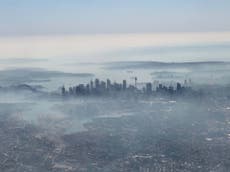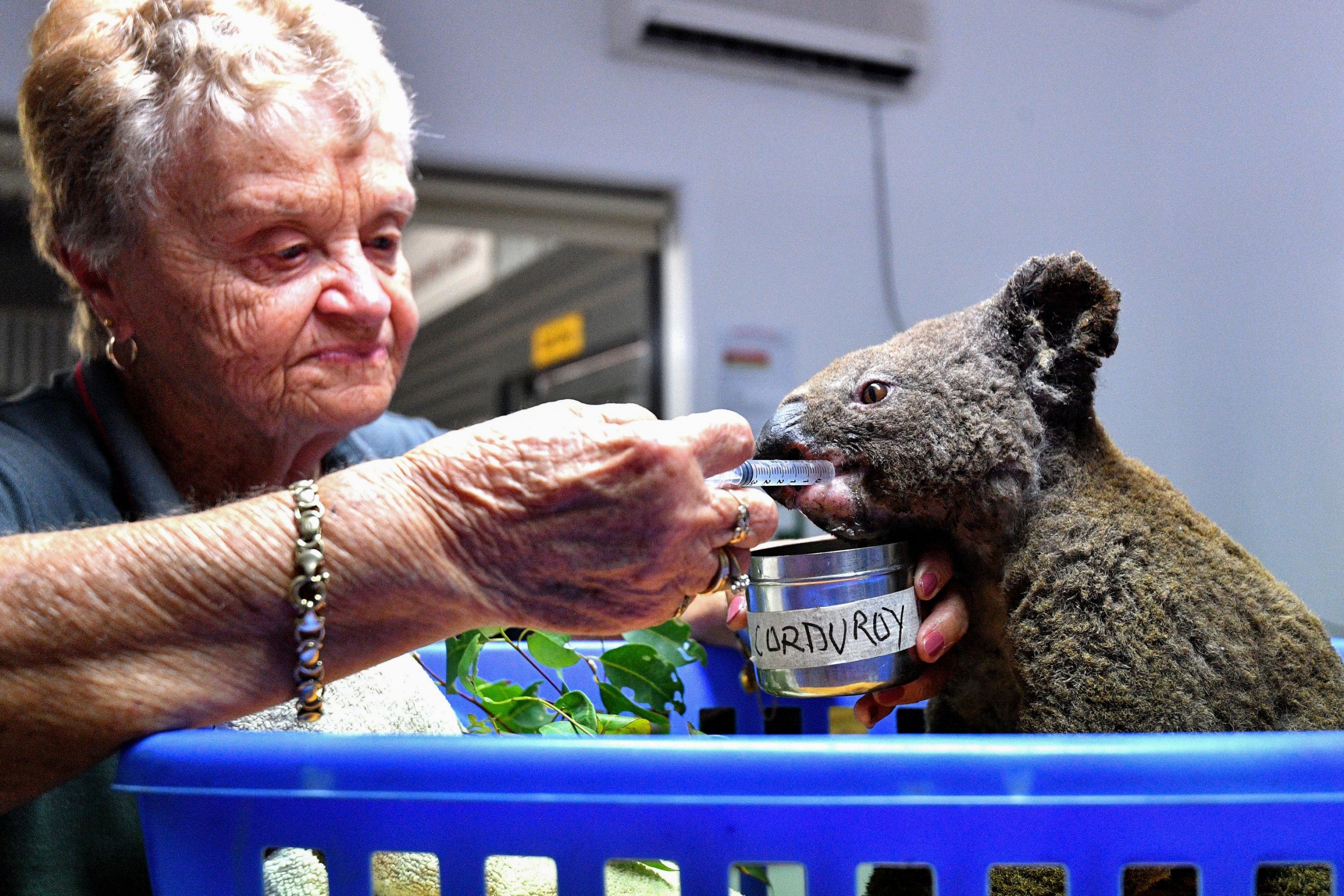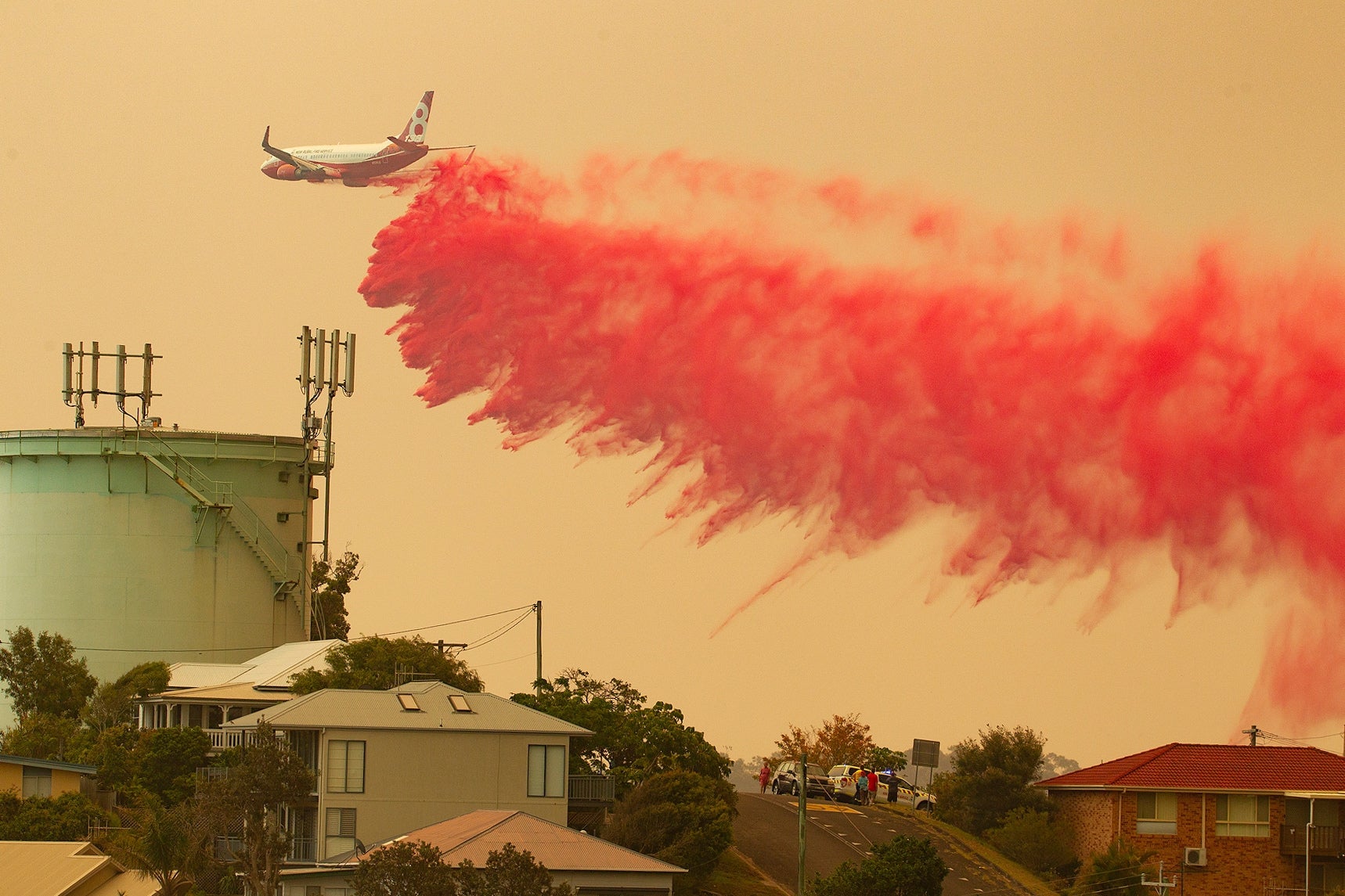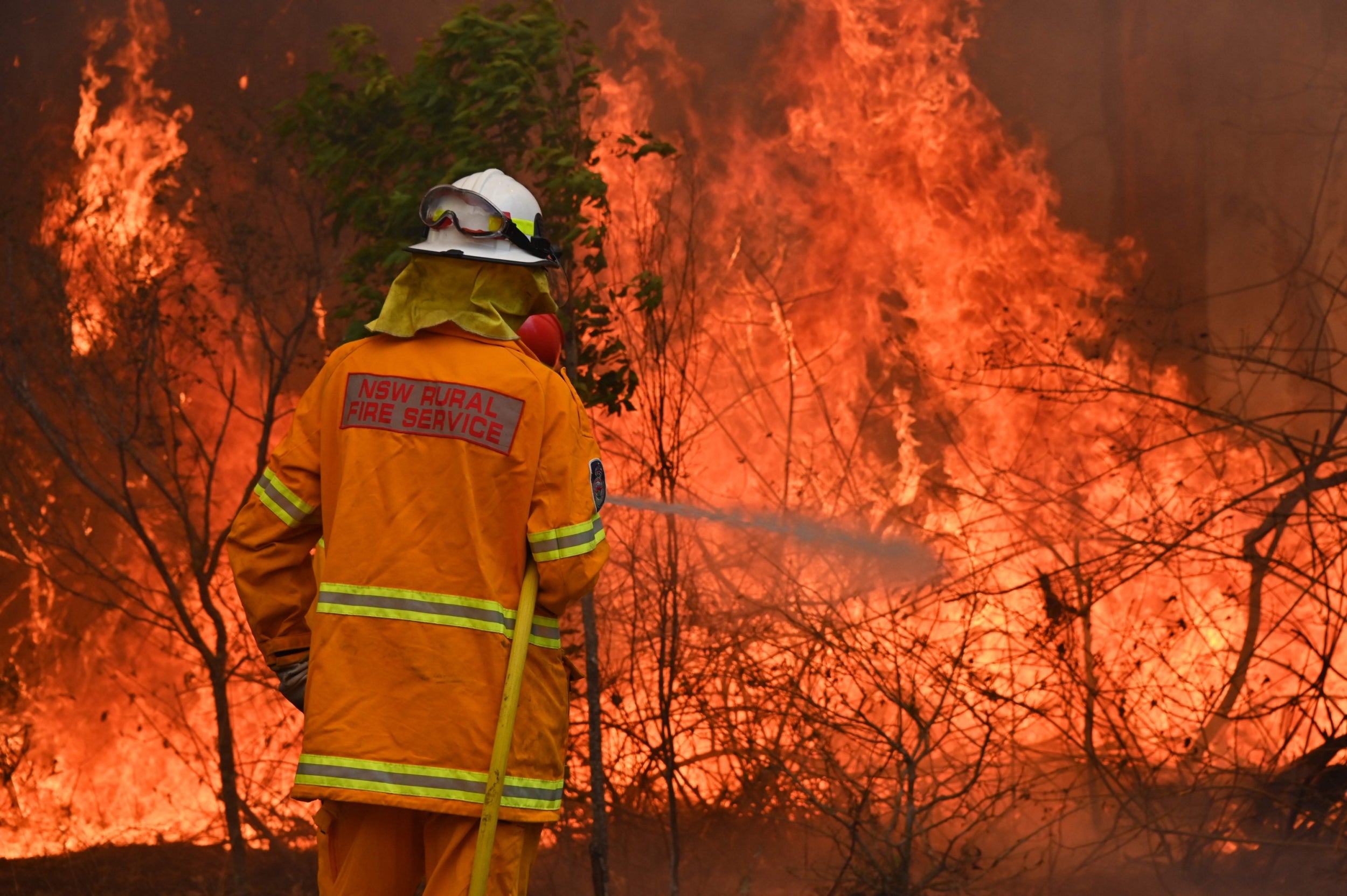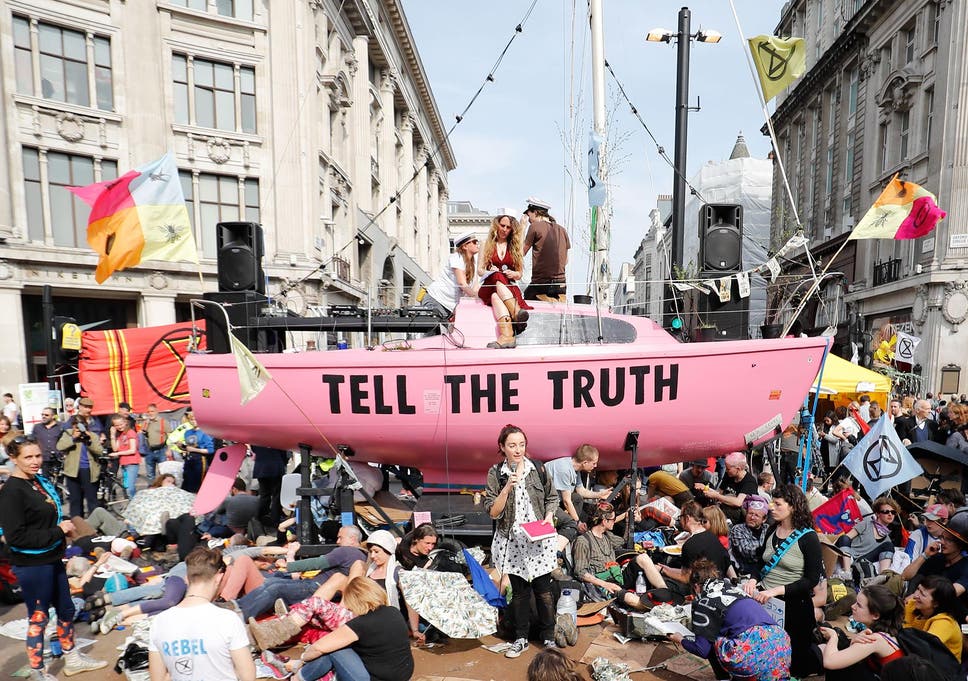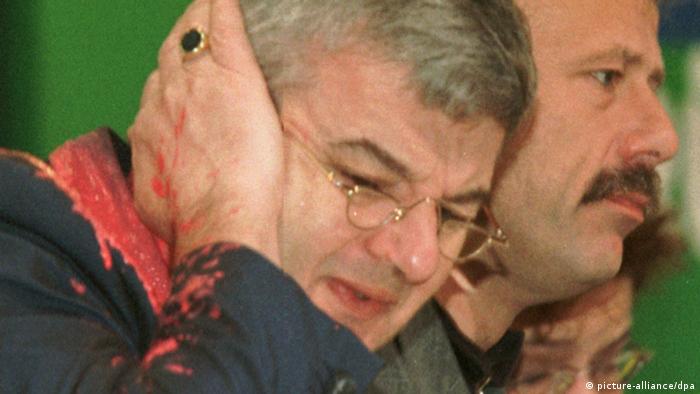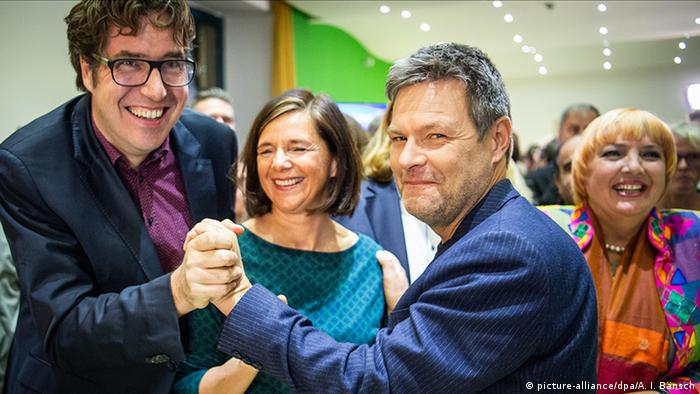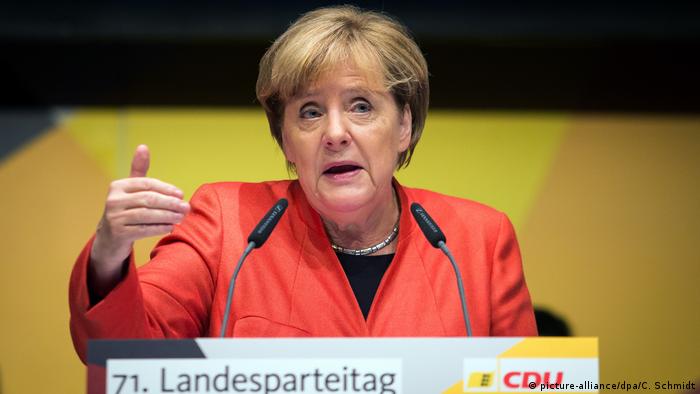BECAUSE IT'S AUSTRALIA PRIORITIES, CAN DO WITHOUT WATER BUT NOT BEER
Mallacoota has been entirely cut off during crisis - but emergency shipment means residents won't run out of ale
Colin Drury @colin__drury
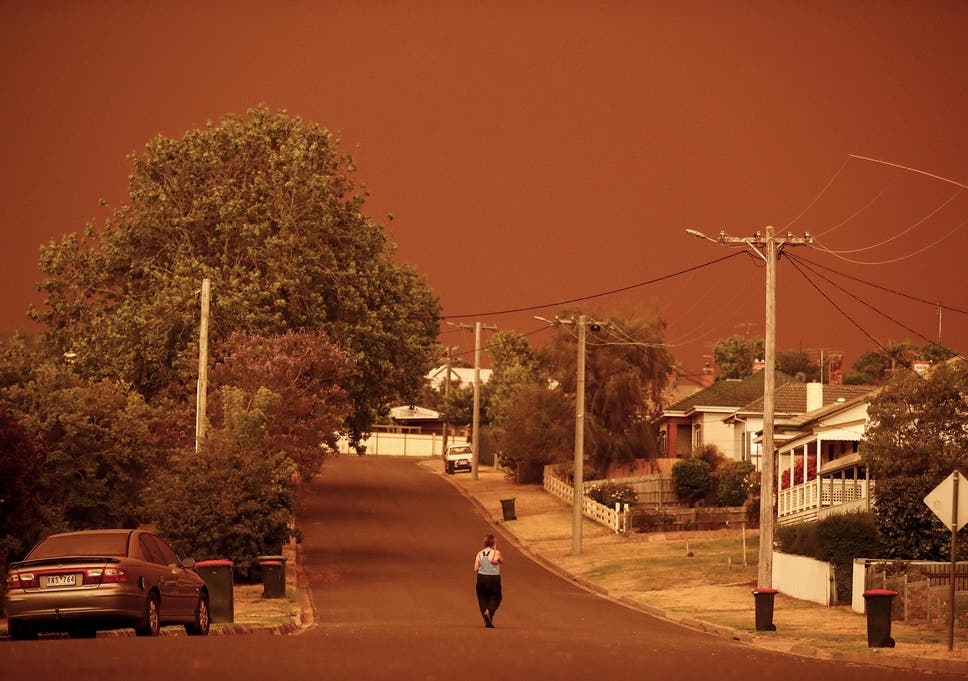
Australia's navy has delivered 800 emergency galleons of
ale to Mallacoota, Victoria ( Getty )
It is an isolated Australian town left devastated by the country’s ongoing bush fires: homes have been destroyed, livelihoods wrecked and the one road in and out entirely cut off.
But, as of Fridays, residents in Mallacoota, Victoria, can at least remove one concern from the list: running out of beer.
The country’s navy has shipped in 800 emergency galleons of ale to a pub in the town to ensure that locals in the coastal community are not forced to go without a weekend pint.
The package was included in a supply run to the town, which has relied on such sea-borne deliveries since wildfires cut off road access on New Year’s Eve.
"A pub with no beer is bad enough at the best of times," said Peter Filipovic, chief executive of Carlton & United Breweries which is supplying the drink.
“The pub is at the heart of regional communities and, after what Mallacoota residents and firefighters have been through, the least we would do is make sure they could enjoy a beer."
Devastating wildfires rage across Australia: In pictures
Show all 40
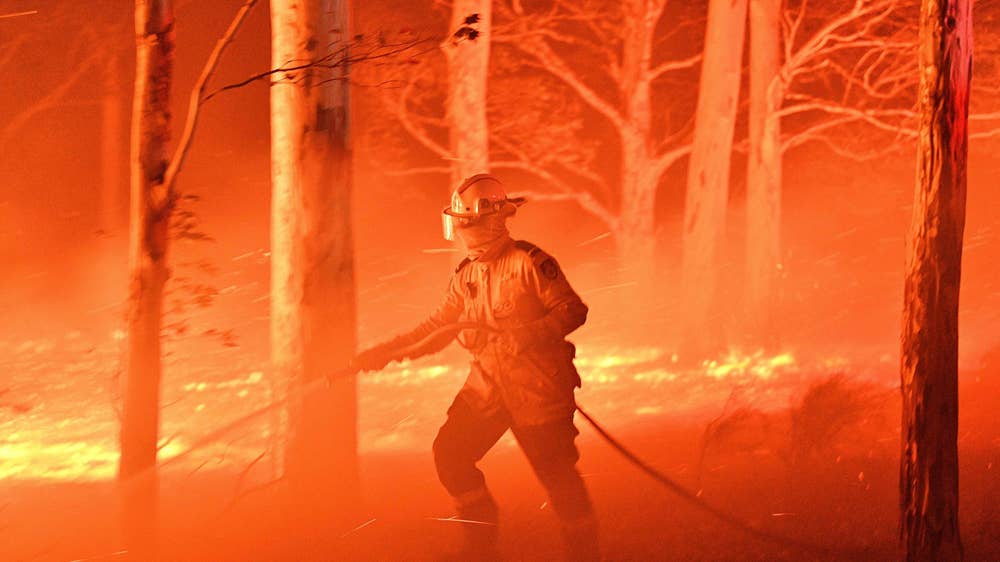
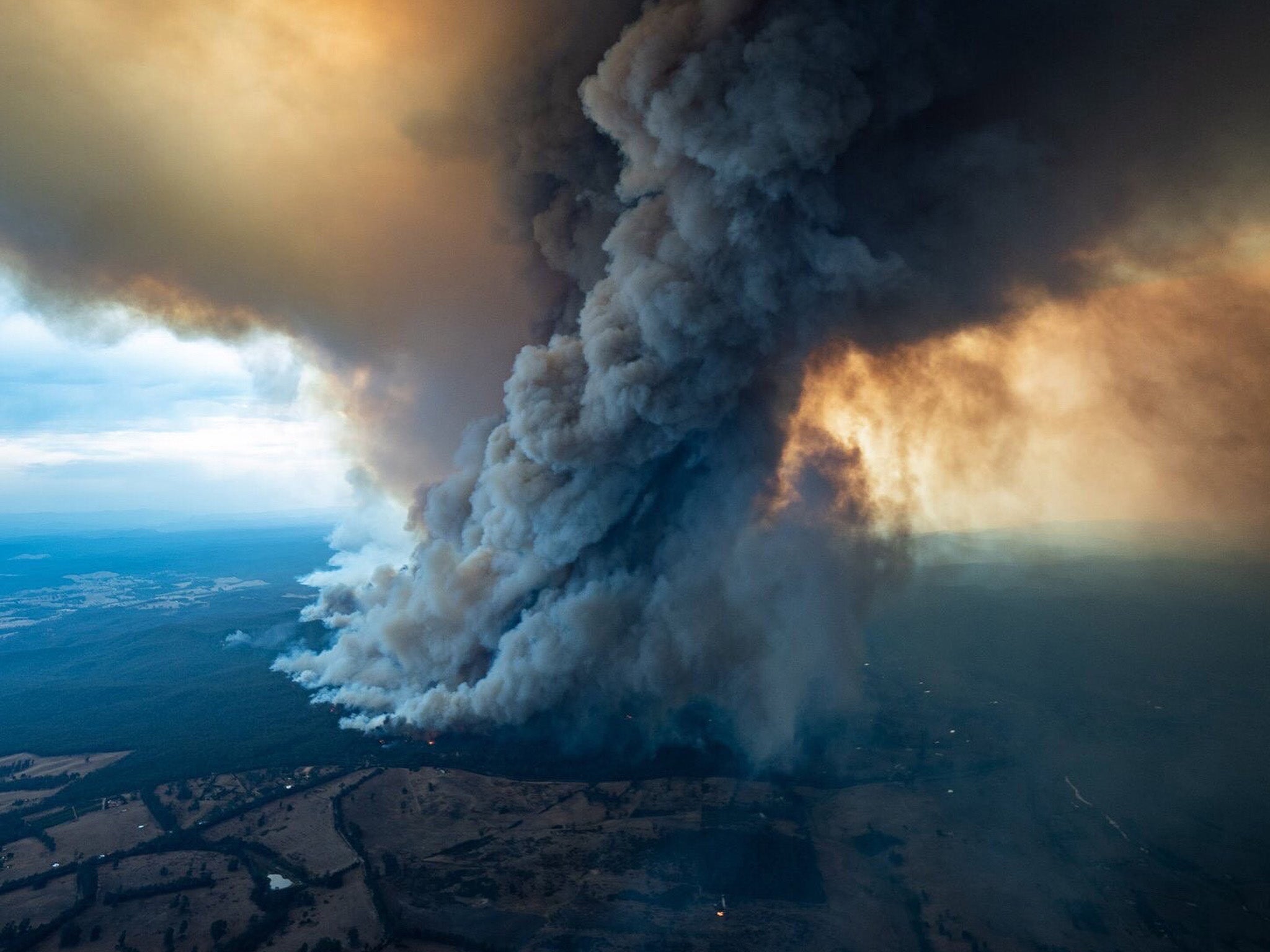
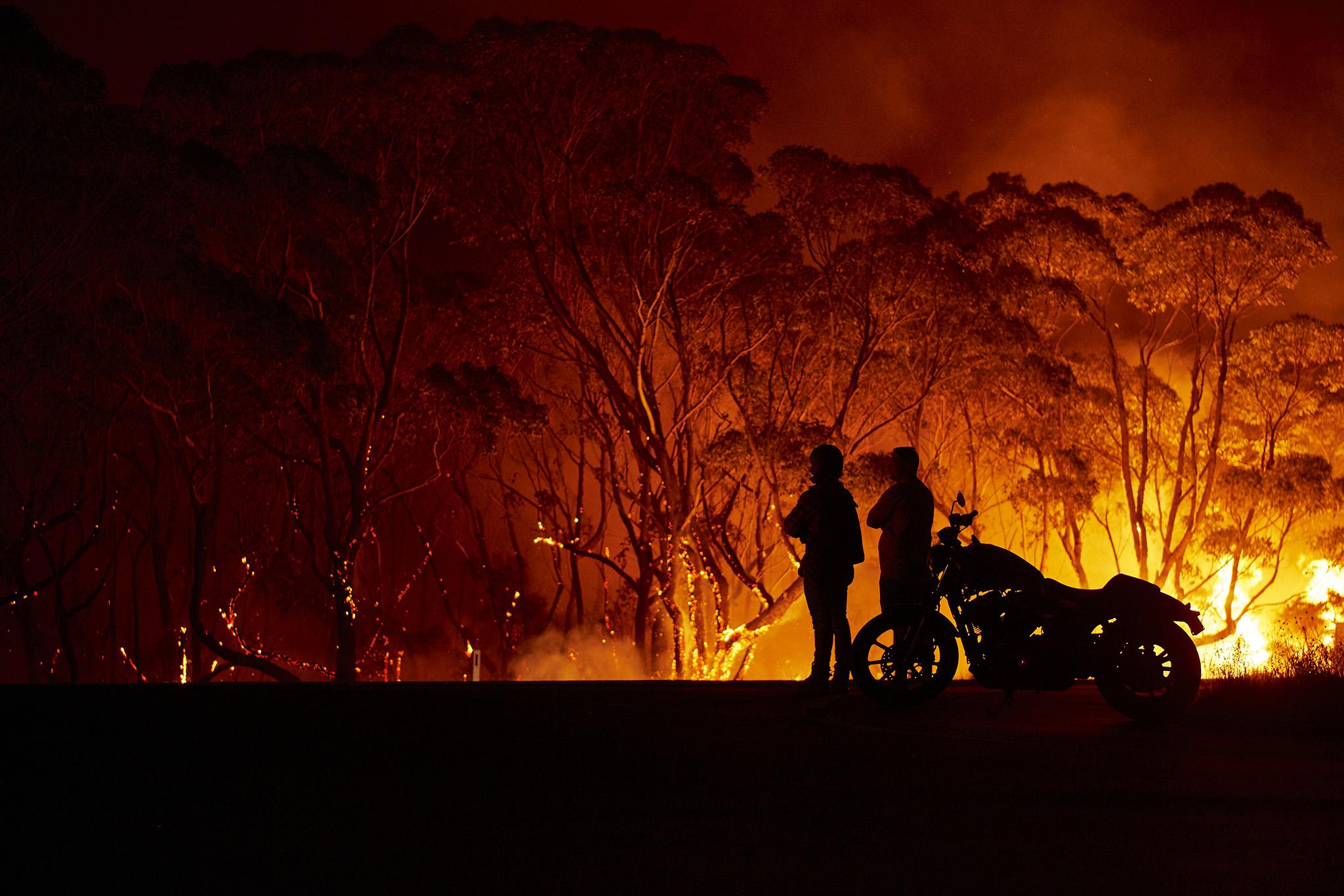
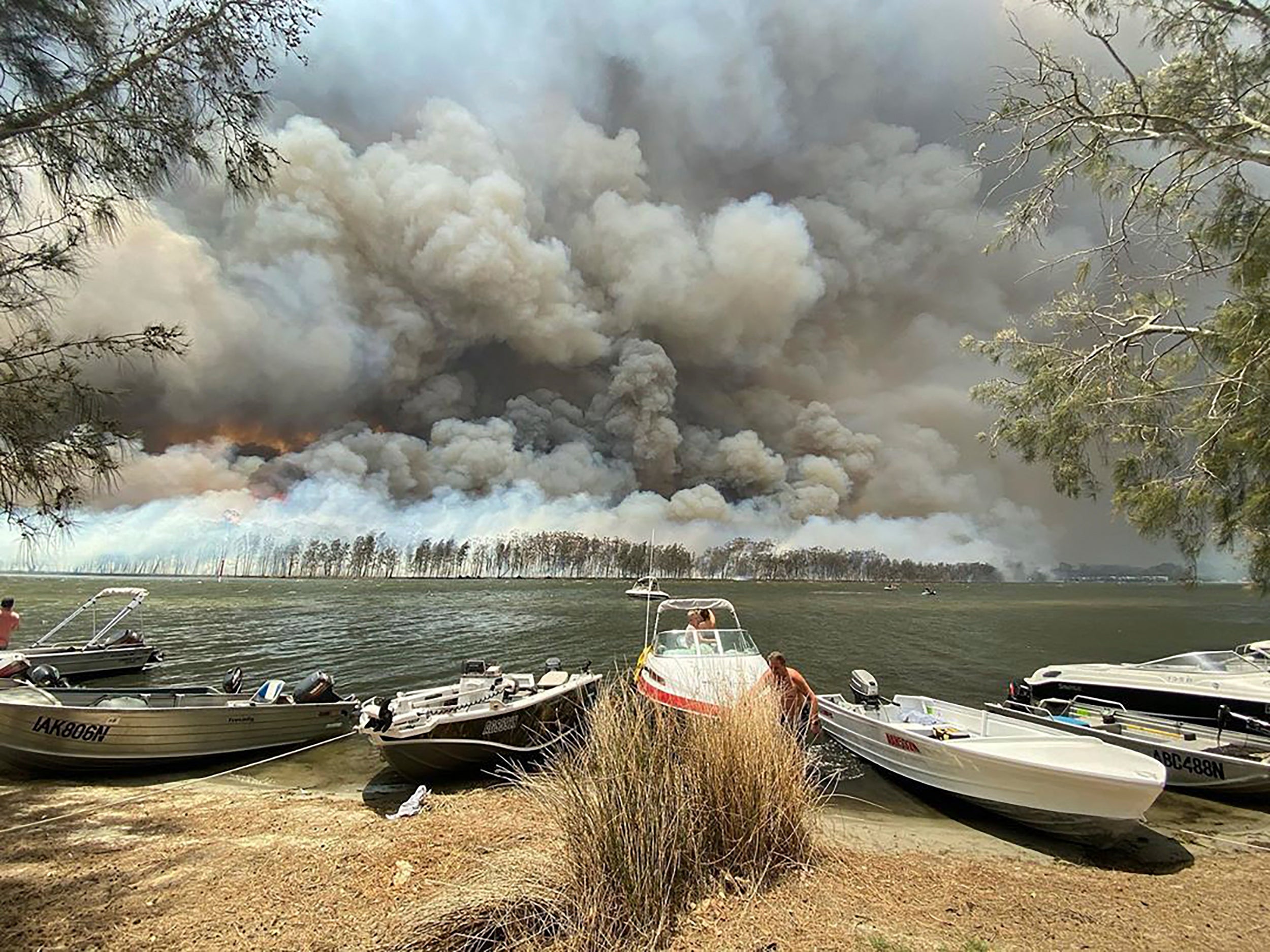
Certainly, it was a gesture widely appreciated in the town. "God bless the navy," wrote one resident on Facebook. "Not all heroes wear capes" noted another.
It comes after a torrid few weeks for the rural community: Mallacoota was the scene of some of the most dramatic fires the country has ever seen with some 4,000 residents and tourists fleeing to nearby beaches at one point as flames surrounded the town.
About 1,000 vulnerable people were evacuated by the Australian Royal Navy.
Reacting to potential criticism of the move to include beer in the latest supplies run, an Australian Defence Force spokesperson told CNN that the beer would “positively impact the morale of the community” and denied it was "occupying unnecessary space”.
It will be delivered on the 16,000-tonne HMAS Choules.
Unprecedented bush fires have been raging across Australia since September spread by record temperatures. At least 27 people have been killed, along with an estimated one billion animals.
Read more

It is an isolated Australian town left devastated by the country’s ongoing bush fires: homes have been destroyed, livelihoods wrecked and the one road in and out entirely cut off.
But, as of Fridays, residents in Mallacoota, Victoria, can at least remove one concern from the list: running out of beer.
The country’s navy has shipped in 800 emergency galleons of ale to a pub in the town to ensure that locals in the coastal community are not forced to go without a weekend pint.
The package was included in a supply run to the town, which has relied on such sea-borne deliveries since wildfires cut off road access on New Year’s Eve.
"A pub with no beer is bad enough at the best of times," said Peter Filipovic, chief executive of Carlton & United Breweries which is supplying the drink.
“The pub is at the heart of regional communities and, after what Mallacoota residents and firefighters have been through, the least we would do is make sure they could enjoy a beer."
Devastating wildfires rage across Australia: In pictures
Show all 40




Certainly, it was a gesture widely appreciated in the town. "God bless the navy," wrote one resident on Facebook. "Not all heroes wear capes" noted another.
It comes after a torrid few weeks for the rural community: Mallacoota was the scene of some of the most dramatic fires the country has ever seen with some 4,000 residents and tourists fleeing to nearby beaches at one point as flames surrounded the town.
About 1,000 vulnerable people were evacuated by the Australian Royal Navy.
Reacting to potential criticism of the move to include beer in the latest supplies run, an Australian Defence Force spokesperson told CNN that the beer would “positively impact the morale of the community” and denied it was "occupying unnecessary space”.
It will be delivered on the 16,000-tonne HMAS Choules.
Unprecedented bush fires have been raging across Australia since September spread by record temperatures. At least 27 people have been killed, along with an estimated one billion animals.
Read more




